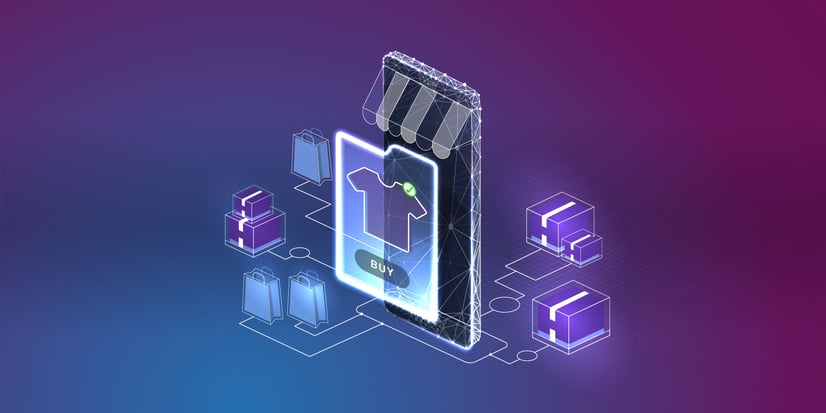Modularity: an essential ingredient in the ‘Survival of the Fittest’

Retailers today face many challenges. To be clear, it’s not just because of the pandemic. Before the world got hit by COVID-19, many traditional brick-and-mortar retailers were already struggling. It’s the result of changes in consumer behavior that were set in motion years ago, as shoppers have shifted from buying in physical stores to buying online.
Does it mean the end of stores as we know them today? I don’t believe so. However, it’s clear consumer behavior has changed and will keep changing. These are signals that a new era for retail is dawning. An era where physical stores will play a different role than the one we are used to today. Existing store concepts will be turned upside-down, and stores will need to be repositioned to feature true differentiators.Flexibility is key to future retail success
This transformation will require a great deal of flexibility. Flexibility to adjust to changing consumption patterns and to changing consumer journeys—whether online or offline. Flexibility in inventories, flexibility in store locations and store layouts, flexibility in opening hours and flexibility in the level of self-service for various groups of consumers. Just think about pop-up stores, or the transformation of fuel stations into convenience hubs, or the surge in near-store and in-store pickups.
An important aspect of establishing true flexibility is to look for a supporting store infrastructure with built-in flexibility. That’s why at Diebold Nixdorf, we have developed StorevolutionTM; as our strategic approach and program to help retailers constantly adapt and evolve to meet changes in consumer demands. This approach comprises built-in flexibility in customer service and Point-of-Sale (POS) software, but notably also in store hardware; an area traditionally not known for its flexibility.Storevolution & modularity
In our Storevolution approach, in-store flexibility—whether it pertains to hardware, software or service—is achieved via modularity. Consumer journeys should be right-sized and optimized for each environment. Support for these journeys requires best-of-breed technology featuring small footprints, great on-site scalability and upgradeability—all at the lowest total cost of ownership (TCO). Modular, open retail solutions allow retailers to easily deploy different combinations of store technology in order to meet the needs and wants of today’s and tomorrow's consumers. With highly flexible store technologies based on openness and modularity, it is possible to quickly exchange or extend components while avoiding unnecessary divestments.
Modularity: essential for the survival of the fittest
Since no one knows for sure what the future will look like, flexibility built into store digitalization is a critical success factor. This has turned ‘modularity’ of store hardware into the most important strategic theme for retailers for 2021. Retailers who are looking to upgrade their store infrastructure with innovations like self-checkout, in-store ordering via kiosks, mobile self-scanning, etc. should definitely consider a modular hardware approach to enable self-service consumer journeys on a single and scalable checkout platform with maximum flexibility in how to compose and set up their hardware configurations!
In a nutshell: modularity will offer the much-needed agility and adaptiveness to quickly respond to changes in consumer demand and to threats from the competition. In the Retail evolution, it has become a ‘survival of the fittest’, where ‘fittest’ indicates who is best able to fit with changes in consumer demands.
Read more about how to achieve Modularity in your store setup in the whitepaper, The Future of Retail is Modular.

